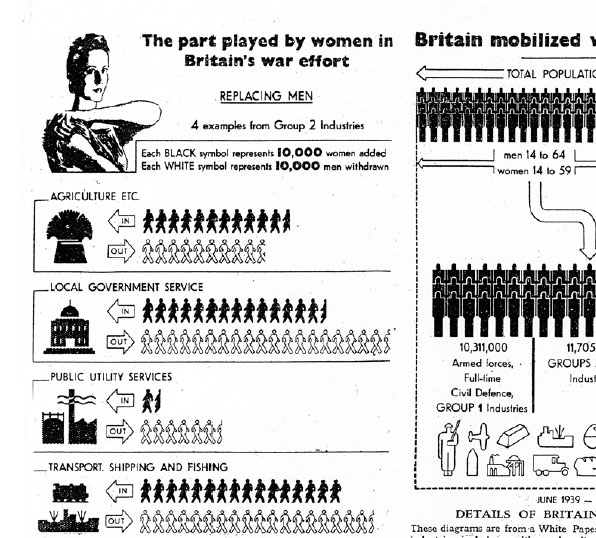Diagrams in History
Historian article

One of the gifts of the social sciences to history is the use of expository diagrams; but attention is rarely given to the history of diagrams. Maps - schematized representations of locations in spatial relation to one another - can be dated back to Babylonia in the late third millennium B. C. and were known to the Greeks in the fifth century B. C. The principle of graduated measurement underlies all statistical diagrams and a ruler marked with units of approximately one sixteenth of an inch, dating from the end of the third millennium B. C., has been excavated in the Indus Valley.
Calibration was also involved in the earliest known sundials discovered in Egypt. The first recorded labyrinth, built for the Egyptian pharaoh Ahmenemhat III (1860-1814 B. C.) to protect his sepulchre, presumably started off as a diagram: a kind of flow chart in reverse, depicting how movement could be blocked...
This resource is FREE for Historian HA Members.
Non HA Members can get instant access for £2.75

